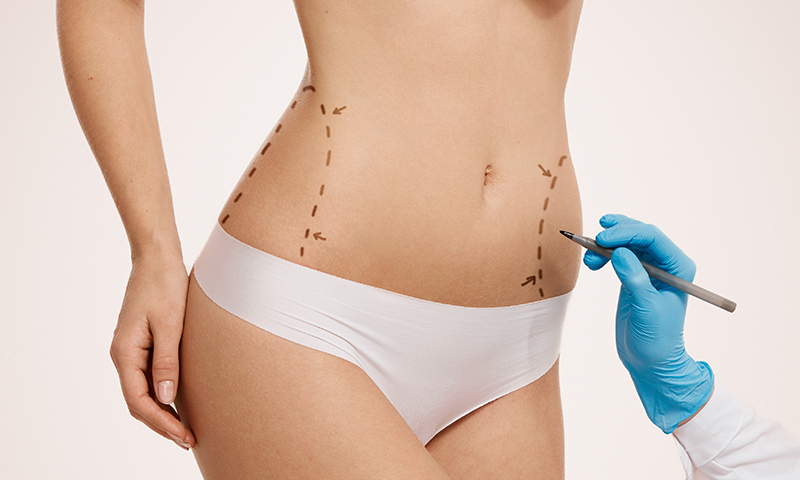Abdominal region; With its muscle and support systems, it is an important area that allows our body to stand upright, along with the waist and hip muscles. The abdomen is a region that is often deformed especially in women. Especially after excessive weight gain in women, or after frequent births, the abdomen is very deformed. A large number of patients try to take them with the regimen, sports or diet in the short term, but this is not always possible. Because it is not always possible to recover the elastic skin. In addition, abdominal fat deposits oils are the body's oils. In other words, the last part of the body in which the fats dissolve is the abdominal region.
The majority of patients who underwent abdominal aesthetics are women. Especially in women who give birth and do not take excessive weight during pregnancy and do not sport, postpartum fat and skin elasticity loss occurs. In men, this operation is performed in case of excessive weight gain.
Before the operation
All the expectations, requests and complaints of the patient before the operation should be listened very well by the surgeon. The patient's unhappiness and the physician's ability to do what they want is expressed in the pre-operative period. It is learned whether the patient has other conditions and the surgery is planned accordingly. All body analyzes are performed and the patient is prepared for surgery if there is no problem.
Operation
The operation of abdominal aesthetics is done under the name of general anesthesia and therefore must be performed in the hospital. It is a life-threatening operation and must be done by a plastic surgeon. The operation time is between 2-5 hours. In abdominal aesthetic surgery, only the abdominal skin and oils are not treated. The muscle and fascia layer are reinforced. Excess skin and fats are stretched and a new navel hole is created. The surgery cannot be seen when the underwear is worn. After a while, the skin gets the color, but the scar is never lost.
People who have abdominal stretching will be hospitalized for approximately two days after the operation. They are discharged after two days. After the patient is discharged, the patient is called for control at 3-4 day intervals. After the operation, the person may return to his daily life after about three weeks. In this three-week period, it is recommended that patients do not walk upright to avoid damage to the stitch line. Eliminates the risks of walking in half oblique condition. Approximately 10 days after surgery, the patient can start to walk upright. It is recommended to avoid heavy work involving risks. Approximately two weeks later, light walks can be started and everything will return to normal after three weeks. People who have undergone this surgery have no inconvenience to get pregnant. However, it is recommended that a period of approximately one year be spent between surgery and pregnancy.
Complications of abdominal surgery:
Complications such as infection and bleeding in the surgical site are rare. Wound healing or poor wound healing may also occur and may result in scarring. Under these conditions, a second operation may be required.





Let's Call You